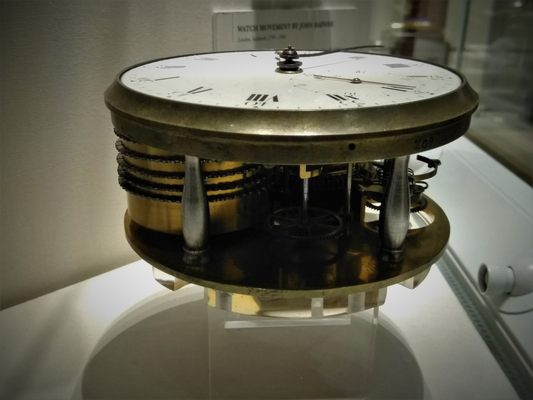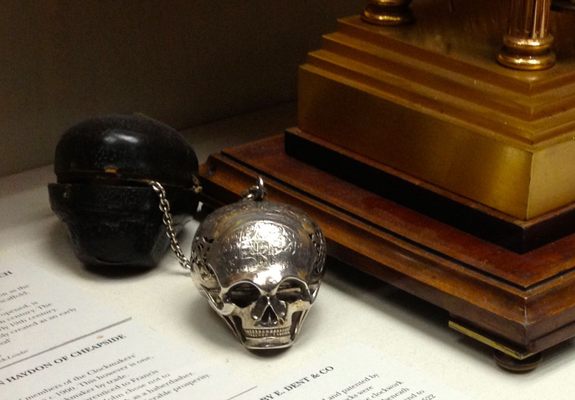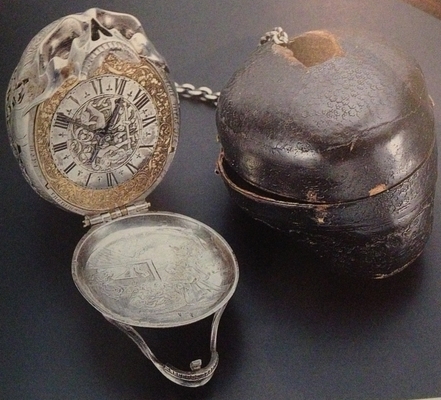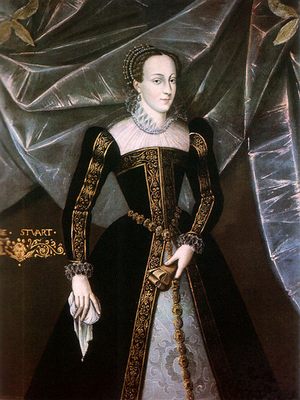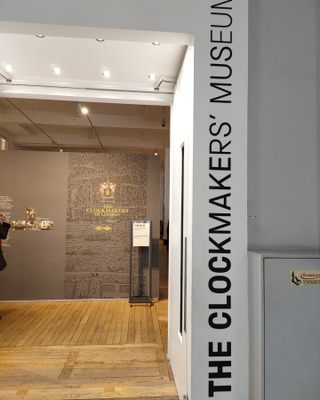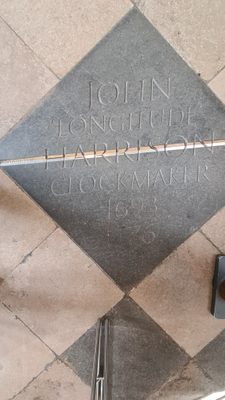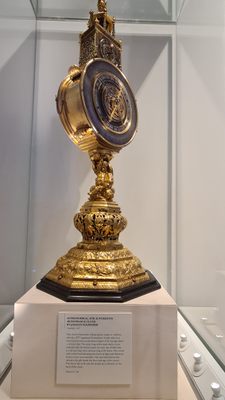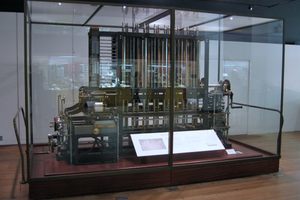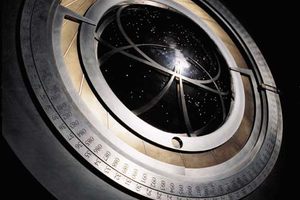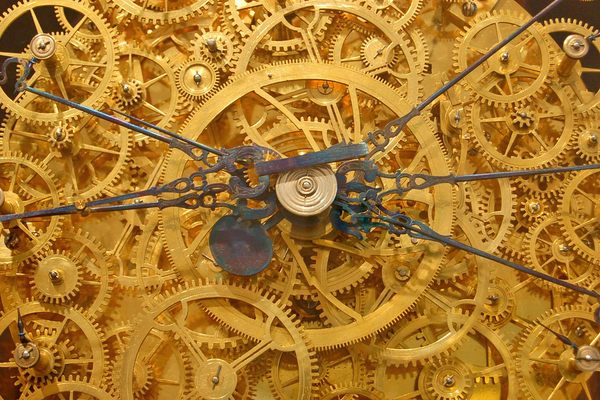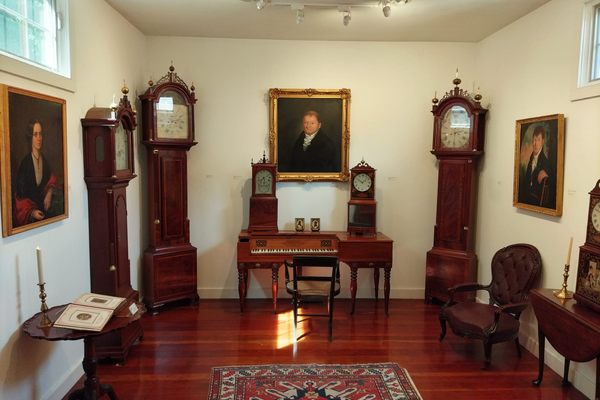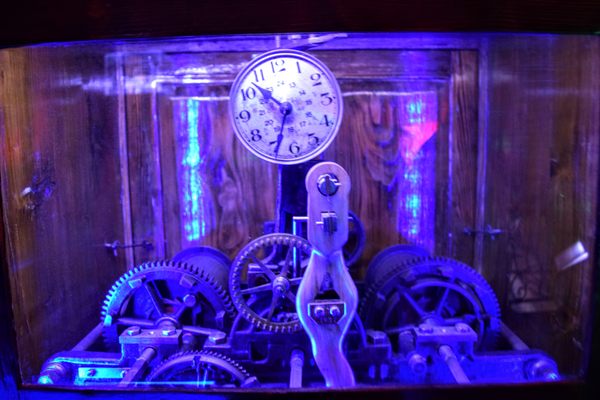About
Museums come in many sizes: Some are so huge they can take days to properly look around, while others are simply a few glass cases at the back of a room. What is quite rare, though, is the case of London's Clockmakers' Museum, which is found wholly inside another museum.
Formerly housed in the City of London’s Guildhall, this collection belonging to the Worshipful Company of Clockmakers moved to the Science Museum in 2015. It’s a treat for horologists, with over 1,000 clocks, watches, and other timepieces on display. The two most well-known items in their collection are rightly famous.
The first is an extraordinary, large silver pocket watch crafted in the shape of a skull. It was for a time thought to be the memento-mori pocket watch once carried by Mary Queen of Scots, but it has since been shown to be a more recent, but no less beautiful creation, dating to the mid 19th century. According to the museum catalog, the “An article published in 1840 stated that this watch was given by the Queen to her Maid of Honor at the time of her execution, it has recently been shown that the watch is not 16th-century, but was made in the late 18th century as part of the ‘Romantic Revival’.”
The other item is perhaps one of the most significant single objects in the history of navigation and geography, let alone clock making: John Harrison’s fifth marine chronometer, dating to 1770, and which finally solved the centuries-long problem of determining longitude accurately at sea. In addition to Harrison’s manuscripts and other objects acquired in 1877, the museum added the chronometer to its collection in 1891. The rest of Harrison’s instruments are on display at the Royal Observatory, Greenwich.
Other items of interest include a portable sundial, a hydrogen-powered clock, and the watch worn by Sir Edmund Hillary during his historic ascent of Mount Everest. Each item is accompanied by detailed technical information for those who want it, while for the generally curious, the museum’s cabinets are arranged in chronological order to tell the history of the British capital’s clockmakers.
It's a story of the innovations in clock-making that took place in London, from the beginnings of the Clockmakers’ Company in the 17th century, through the heyday of British horology in the 18th and 19th centuries, to its decline, brought about when skilled individuals were outdone by mass-produced watches from Germany and Switzerland. However, the story ends on a positive note, with the recent resurgence in appreciation of carefully crafted London timepieces.
One (perhaps deliberately discreet) corner of the museum is devoted to an intriguing piece of forgotten history: the fact that the English Parliament once imposed a tax on watches and clocks. The tax was repealed after a campaign by the Clockmakers’ Company, and promptly replaced by Income Tax, which U.K. citizens still pay to this day.
Related Tags
Know Before You Go
The Clockmakers' Museum can be found on Level 2 of the Science Museum and is open whenever the main museum is.
If you are fortunate enough to be in the Clockmaker's museum at midday, you will hear many of the clocks chiming notably the eight-day-long case clock by Thomas Vickery.
The collection is organized in order. Enter through the door next to the gallery cafe for the start of the exhibits.
Community Contributors
Added By
Edited By
Published
December 19, 2018
